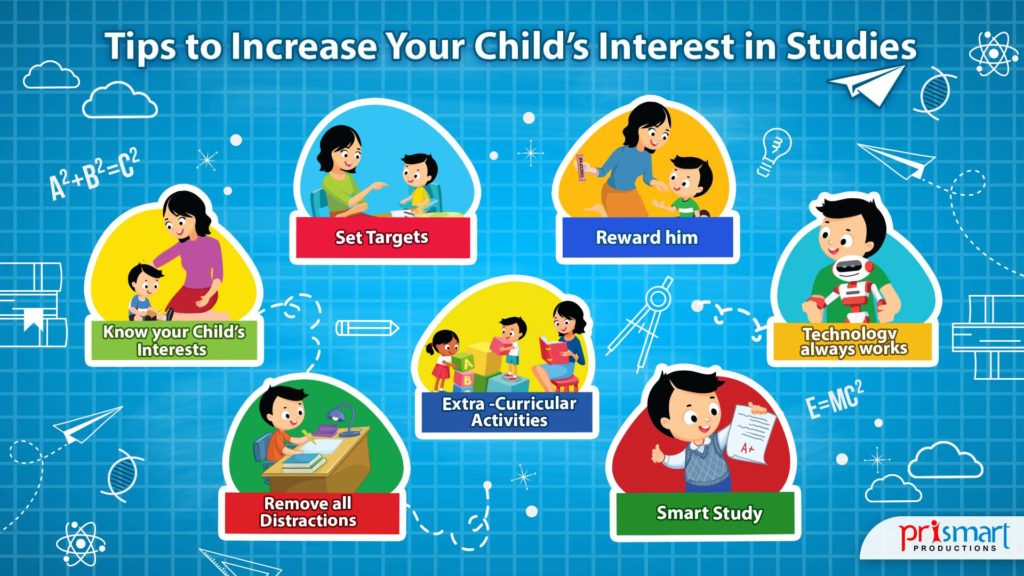ducation in India isn’t something a new concept. It was always an integral part of the very foundation of the Indian society. With modern India, educationtipsforall too has taken a giant leap which has captured global attention. Because of the number of illiterates the country has but the quality of education system it has evolved. The Indian economy has observed an immense growth in the recent past. An effect of the flourishing literacy rate in the country. With the https://educationtipsforall.com/ story stretched back to the times of Vedas, Puranas, Ayurveda, Yoga, Arthasahtra…extending from formal under the Gurukul system to the modern new age eLearning concept, India has for sure has travelled an exhaustive journey crossing each milestone.
The present statistics states that primary education has crossed the mark of approximately two-third of the total population. Out of which, 40% of the population is illiterate and only 20% of the students go to schools. Since time immemorial, discrimination based on caste and gender has always been a major deterrent when healthy development of the society is in question. So to avoid such prejudice. The Indian Constitution has made elementary education a fundamental right for every child falling between the age group of 6 to 14 years. According to the 2001 census. The sum total of literacy rate in India is 65.38% where the female literacy rate is only of 54.16%. With the fact that only 59.4% of rural population is literate compare to 80.3% of the urban population. There is a humongous gap between rural and urban literacy rate.
University Grants Commission (UGC) has been establish by the Indian government to accelerate higher education system in the country. The chief role of UGC lies in controlling and co-coordinating the standards of higher education in the country.
With a view to promote elementary educationtipsforall in the country. The Indian government has also prohibited child labor to protect children from working under unhygienic conditions. However, both free education. And ban on child labor are difficult to be enforce simultaneously due to poor economic disparity and social conditions. Moreover, shortage of adequate resources and lack of political support are some of the reasons due to which the system has been adversely affect by the gaps that include high teacher-student ratio. Poor infrastructure and insufficient teacher training. In fact, professionals from establish institutes are often called to support vocational training for these kids.
The government has initiated Sarva Shiksha Abhiyan (SSA) in 2001 with a view to provide instigate the education system and make its reach wider and more accessible to every child. The program focuses specially on girls and children with challenged social or financial backgrounds. In order to aid children firmer their grip in the computer sector as well. Special schools are being set up in the rural areas.

More Stories
What Types of Injuries Do Queens No-Fault Doctors Treat Most Often?
Difference Between Workers’ Comp Doctors and Regular Physicians in Rego Park
Physiotherapists: The Architects of Movement and Recovery